How to Design a Beautiful and Functional Garden Layout
A good garden layout makes all the difference. It’s what turns a random patch of plants into a space that feels calm, useful, and inviting. Whether you’re working with a tiny yard or a bigger area, planning where things go helps everything work better together.
When beauty and function come together, you get a space that looks good and makes life easier. It’s more enjoyable to spend time outside when your garden matches your daily routine and needs. A little planning now can save you time and effort later.
This post may contain affiliate links, which helps keep this content free. Please read our disclosure for more info.
Assessing Your Space

Start by getting a feel for your yard. Grab a notepad and sketch out the size and shape, even if it’s just a rough drawing. Notice which parts get the most sun, where shade falls during the day, and if there are any windy spots.
Take note of these things to help you with your observations.
- Size and shape of your yard
- Sunlight, shade, and wind patterns
- Soil condition and drainage
- Existing trees, paths, and structures
Take stock of what’s already in the space. Maybe you have an old tree, a patio, or a fence that can be worked into your plan. Understanding what you already have gives you a good foundation to build on.
Define Your Garden’s Purpose
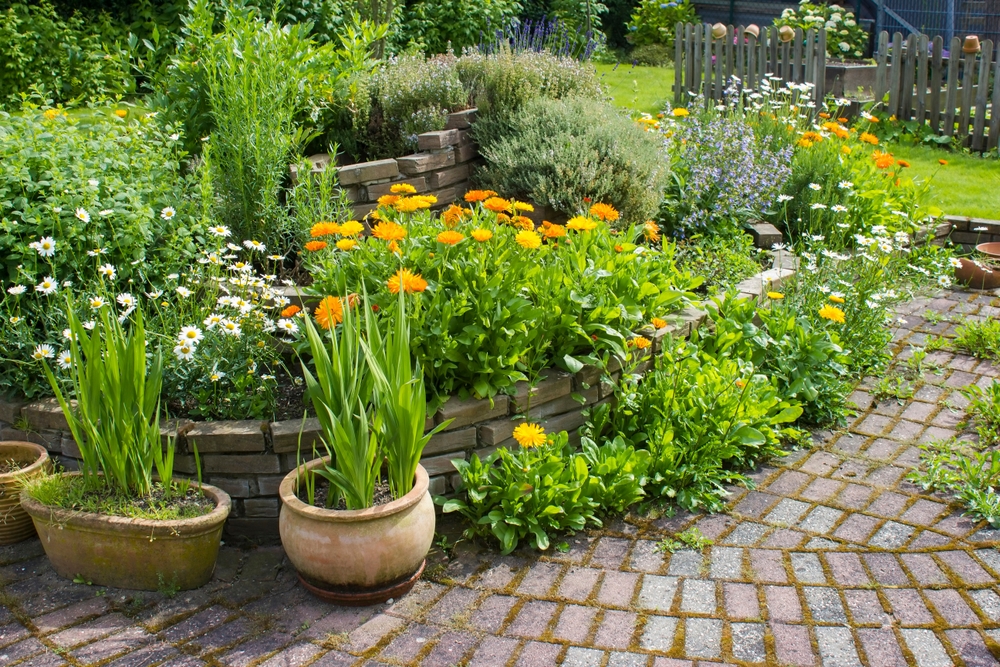
Think about how you want to use the space. Do you want a quiet corner to relax with a cup of tea? Are you hoping to grow vegetables, host family dinners, or give the kids a place to run around? The answer shapes everything else.
Once you know what the space is for, it becomes easier to map out where things should go. You might want a path that leads to a sitting area or a separate spot for herbs and vegetables. It’s all about making the space work for you.
Plan Your Garden’s Style
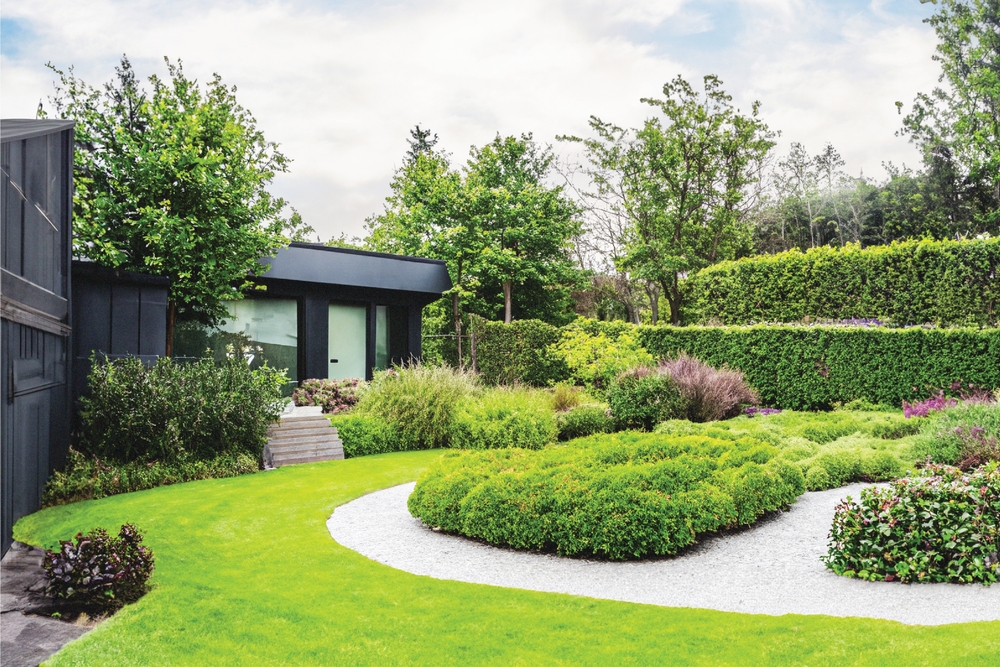
This is where you can let your personal taste shine. Some people like the neat look of a formal garden, while others prefer the wild charm of a cottage style. You might even want a tropical vibe or something that matches the lines of your home.
Here are a few styles that you can take inspiration from.
- Cottage garden with soft curves and mixed blooms
- Contemporary garden with clean lines and modern plants
- Formal garden with symmetry and structure
- Tropical garden with bold leaves and bright flowers
Try to match the style with your home and choose plants and materials that suit both the design and the conditions of your yard.
Design with Zoning in Mind
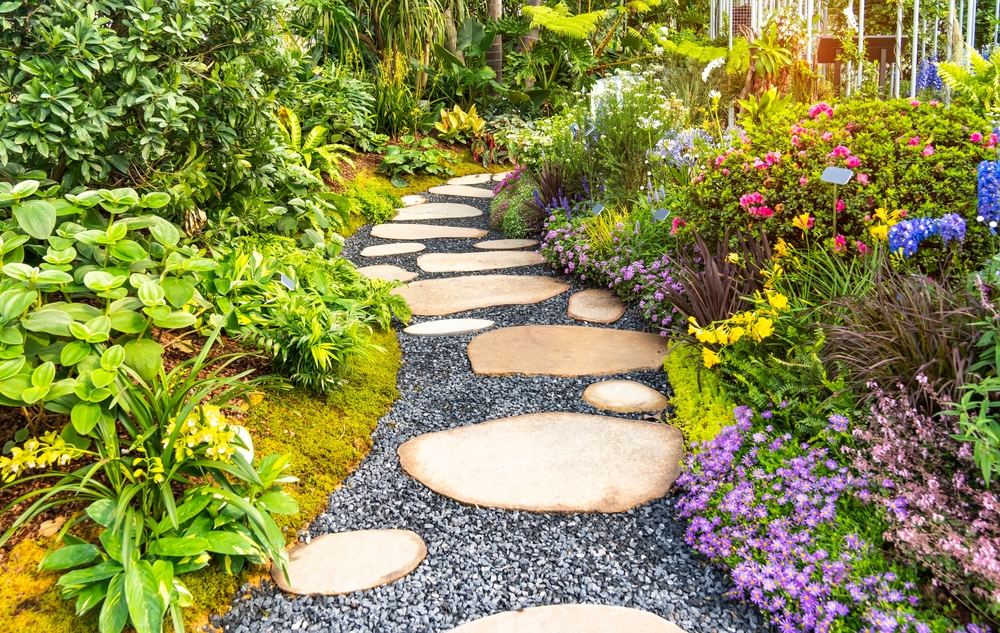
Dividing your garden into zones keeps things practical and organized. Maybe one area is for lounging, another for dining, and a third for planting. That way, everything has its place, and the space doesn’t feel cluttered.
Creating a natural flow between zones makes the garden more enjoyable to use. Paths, hedges, or even changes in ground level can help define the areas. You want people to move through the space easily and comfortably.
Choosing the Right Plants
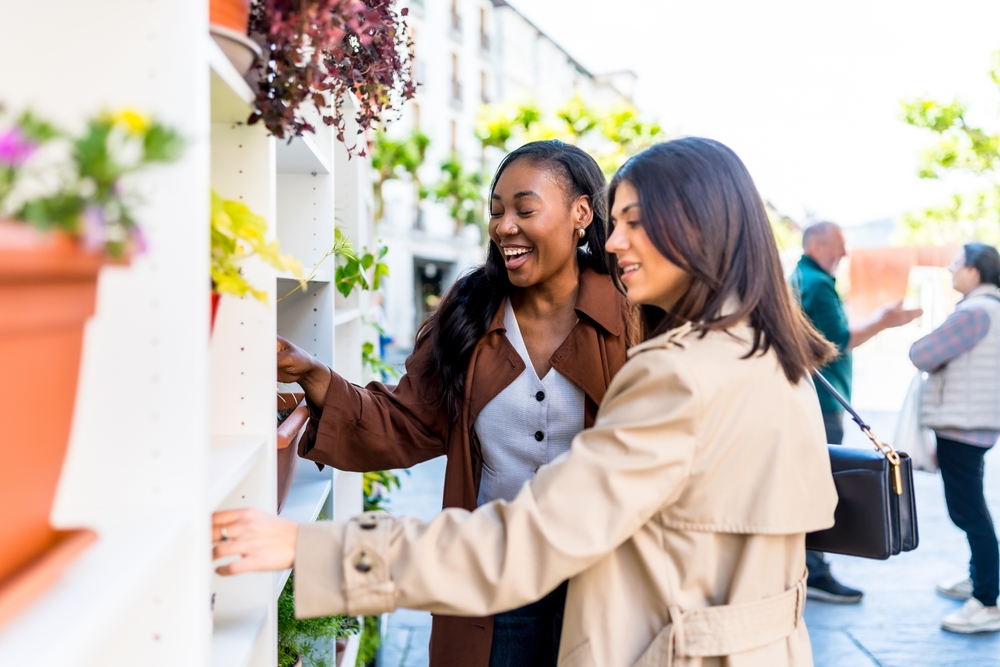
This part can feel overwhelming, but it helps to start with the basics. Think about your climate, soil type, and how much water you want to use. Your local nursery can help you pick plants that are likely to do well.
Try to pick a mix of plants that look nice throughout the year.
- Evergreens for structure
- Perennials for long-lasting blooms
- Seasonal flowers for changing colors
- Edible plants, like herbs or berries, for extra use
A garden that has something to offer in every season feels more alive and rewarding.
Hardscaping Elements: Paths, Patios, and Fencing
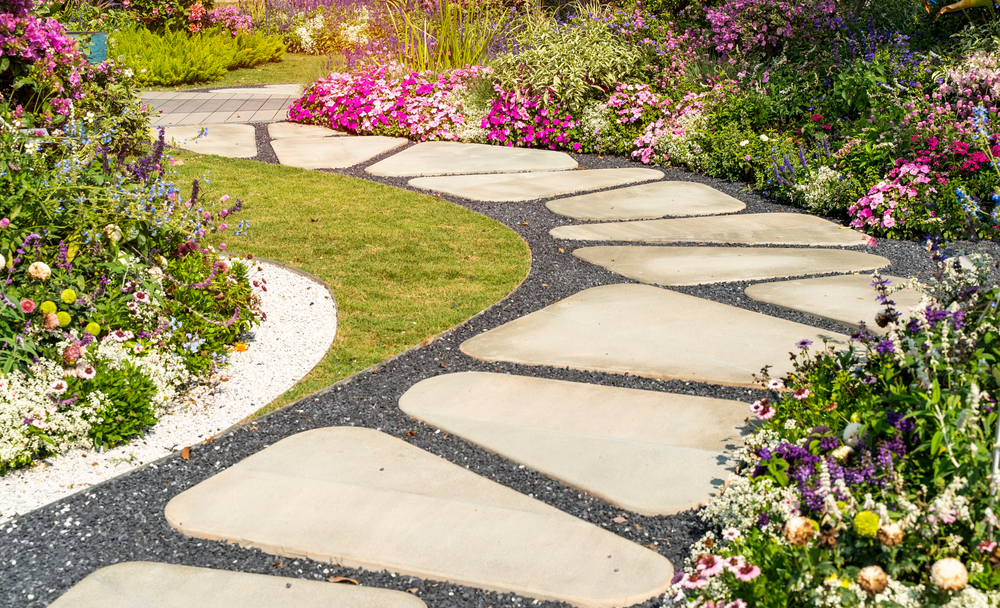
Hard surfaces help bring structure to your garden. Gravel paths, stone patios, and wooden decks make outdoor spaces easier to walk and relax in. Pick materials that match your style and hold up well in your climate.
Fences, screens, or even tall plants can add a bit of privacy or block unwanted views. They also help break up space without making it feel too closed in.
Managing Garden Watering and Irrigation
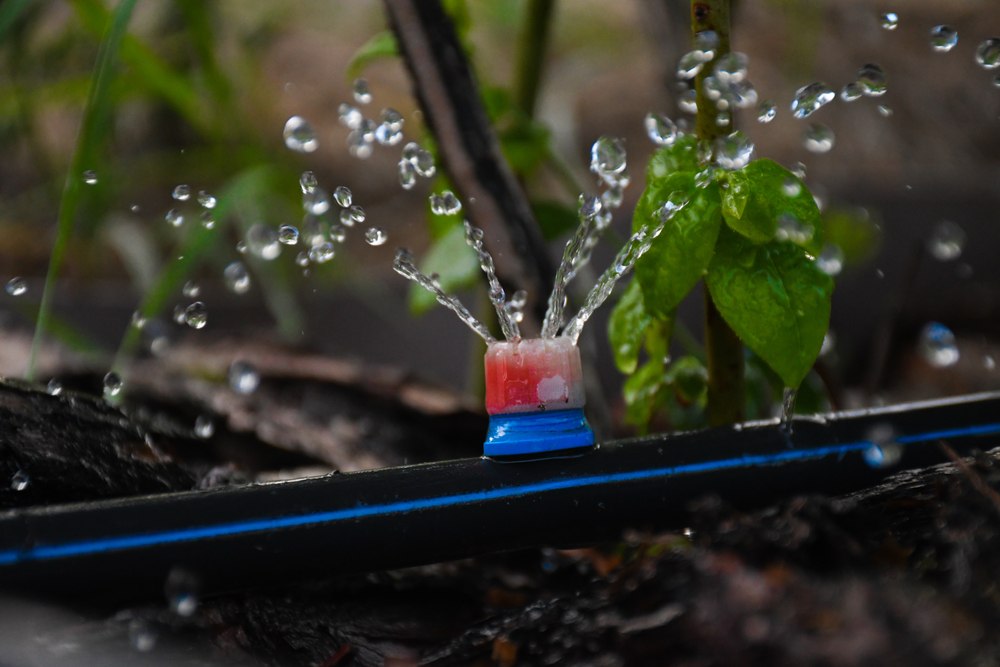
Keeping your garden watered doesn’t have to be a chore. A few simple systems can make it easier and more consistent. Drip irrigation, soaker hoses, or even a few rain barrels can go a long way.
Here are some tips to make watering easier.
- Group plants by how much water they need
- Water in the early morning or evening
- Use mulch to help the soil hold moisture
These little habits can save water and help your plants grow healthier.
Incorporating Sustainability into Garden Design
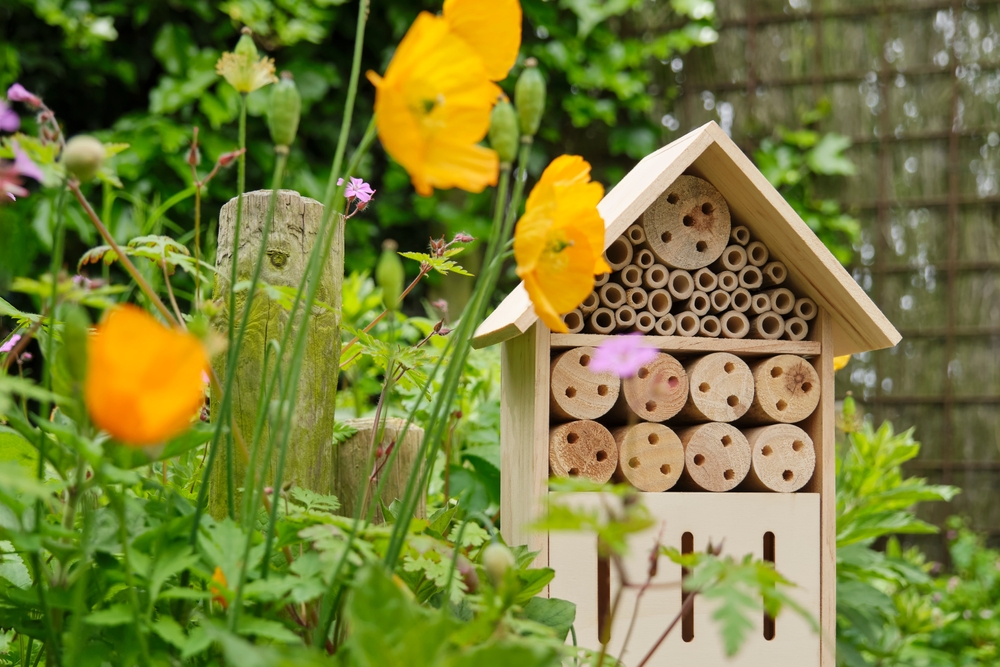
Being kind to the environment doesn’t mean giving up beauty. Start with natural or reused materials when you can. Gravel, untreated wood, and repurposed bricks all work well in outdoor spaces.
Think about planting things that attract bees, butterflies, and birds. Native plants usually need less water and care, and they support local wildlife.
Lighting and Atmosphere
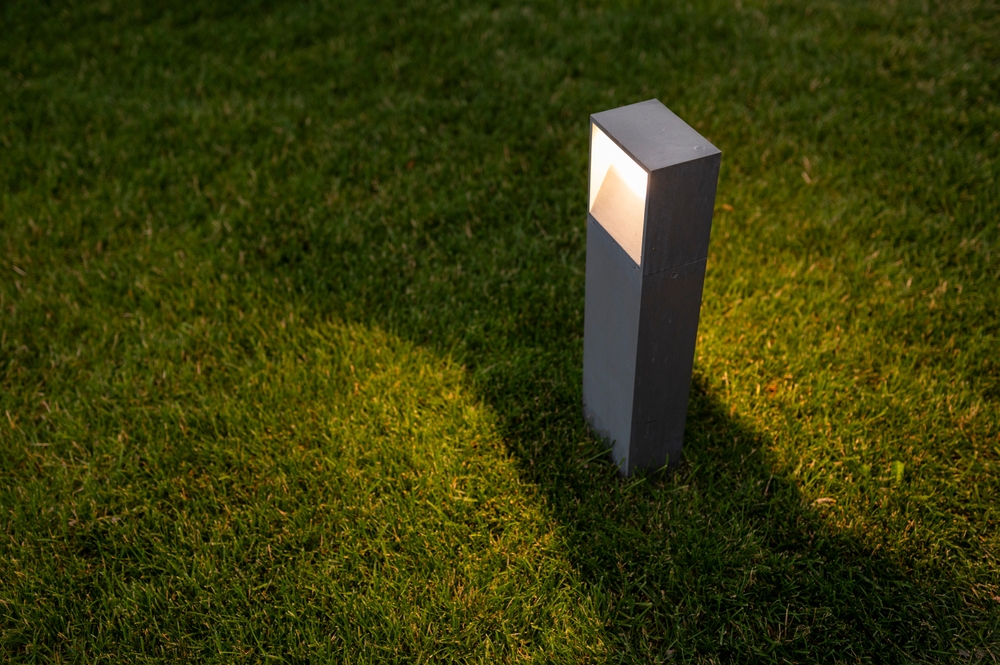
Lighting makes a big difference once the sun goes down. It can turn your garden into a cozy spot for evening chats or late dinners. Look for solar lights, battery-powered lanterns, or low-voltage LED options.
String lights, path lights, and soft glows tucked under plants all help create a nice feel. You don’t need to light up the whole space. Just highlight key spots like a bench, a tree, or a walkway.
Maintenance and Long-Term Care
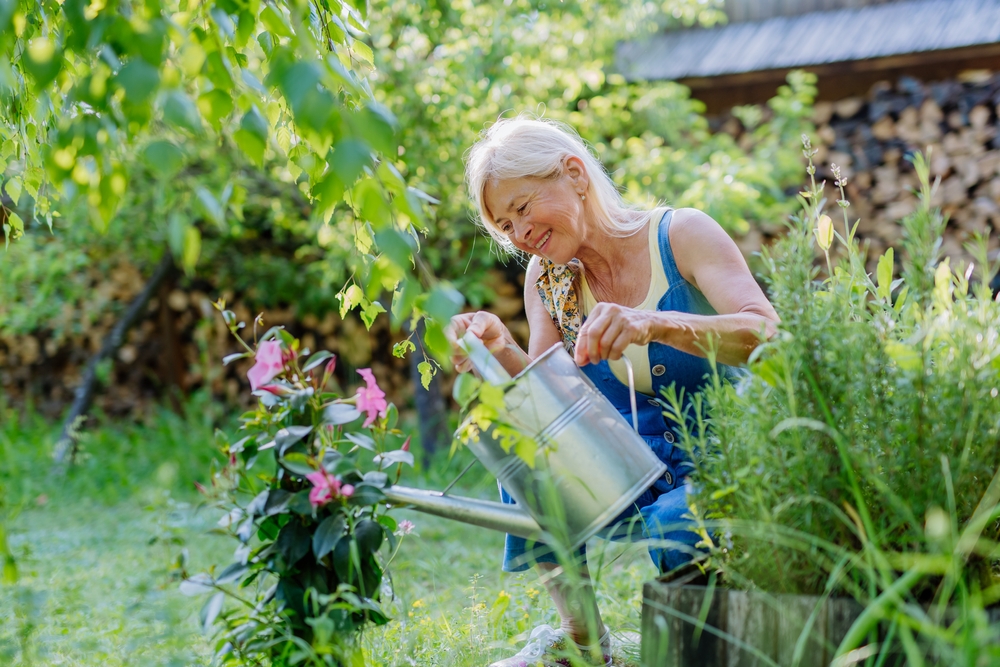
If you don’t want to spend every weekend weeding and trimming, it helps to plan ahead. Pick plants that don’t need too much fuss, and use mulch to cut down on weeds and hold moisture.
Gardens do change with the seasons. In spring and fall, you’ll probably need to prune and tidy up. During summer, watering and pest checks are important. Winter is a good time to plan any changes or improvements.
Your garden doesn’t have to be perfect to be beautiful. Focus on creating a space that works for your life, reflects your style, and makes you happy to be outside.
Start with what you have and build from there. Even small changes can make a big difference. Try things out, see what works, and don’t be afraid to adjust as you go.
This article originally appeared on Avocadu.
